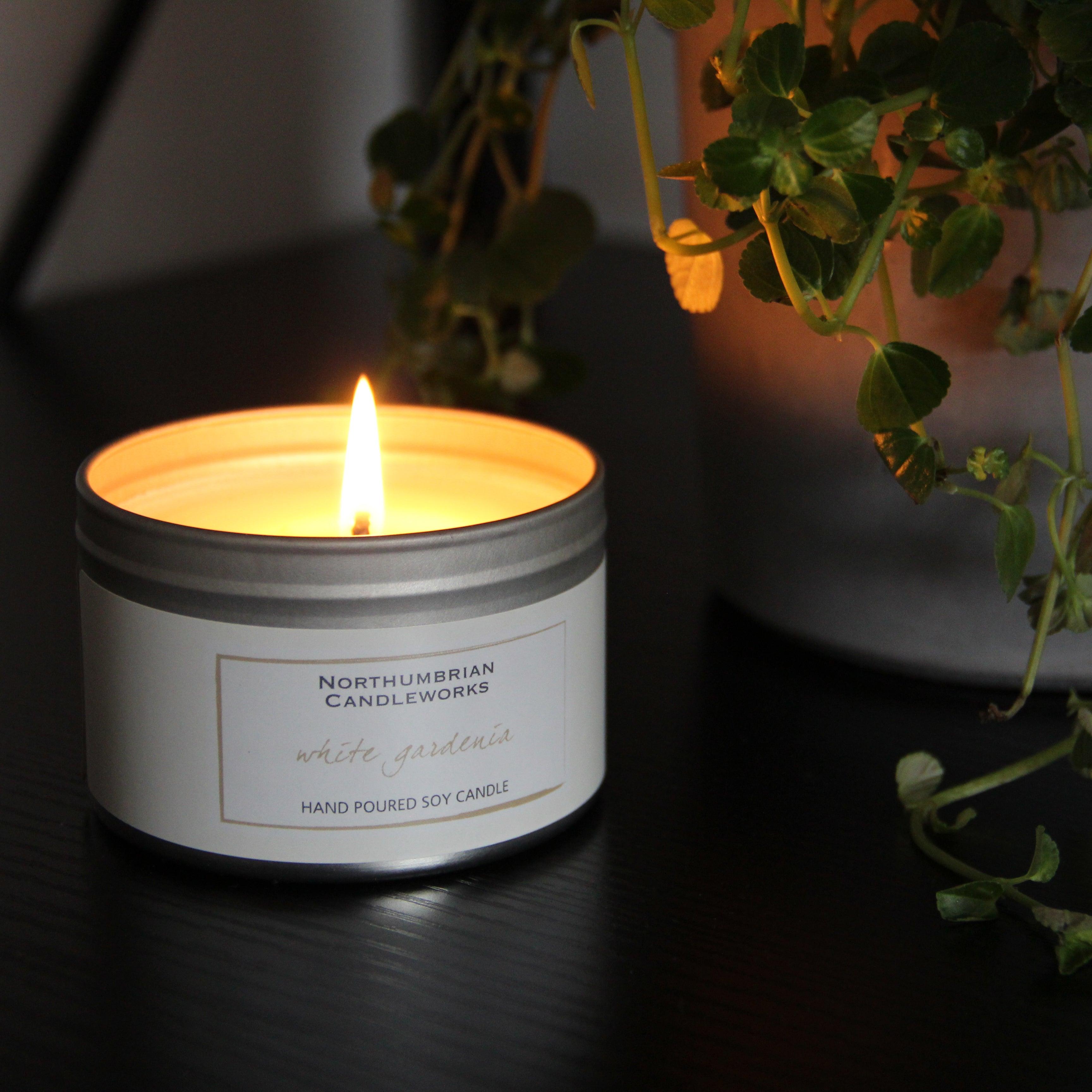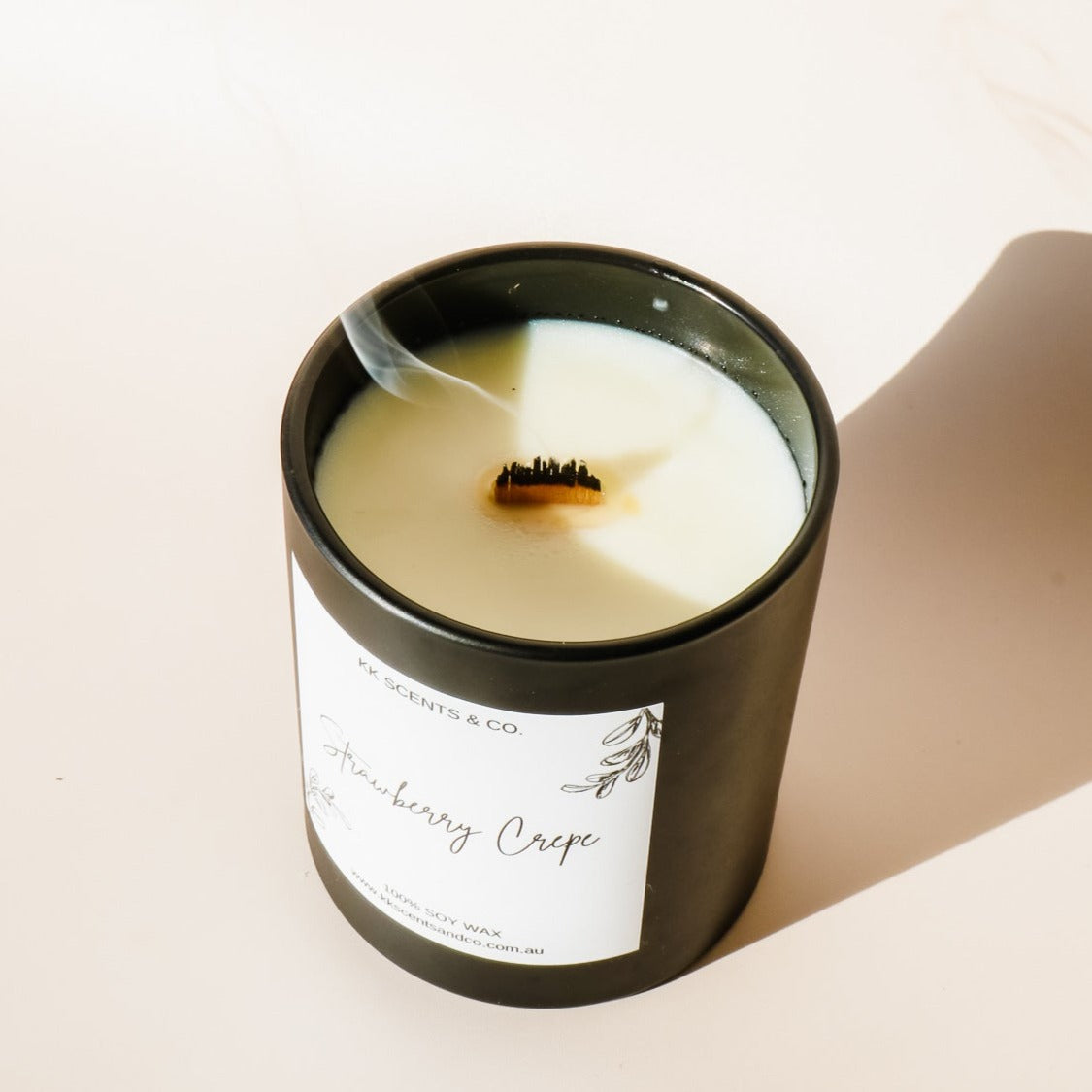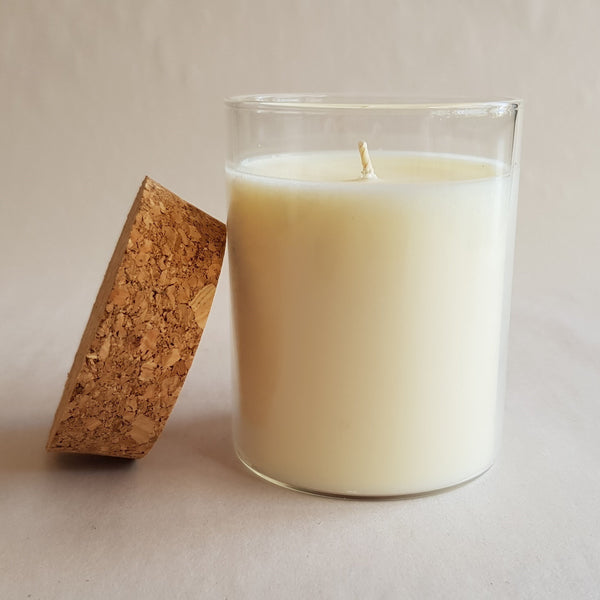Change Your Home with Eco-Friendly Soy Candles and Home Fragrance
Wiki Article
From Wick to Wax: Comprehending the Chemistry Behind Soy Wax Candles and Their Environmental Impact
As we brighten our spaces with the cozy glow of candle lights, there exists a realm of elaborate chemistry behind the seemingly straightforward act of lighting a soy wax candle light. Join us as we unravel the scientific ins and outs behind soy wax candle lights and discover their ramifications on our environment.Soy Wax Vs. Paraffin Wax
When comparing soy wax and paraffin wax for candle light production, it is vital to comprehend the distinctive attributes and advantages of each material. Soy wax is an all-natural, renewable resource originated from soybean oil, making it environmentally friendly and naturally degradable - crystal soy candles. On the other hand, paraffin wax is a byproduct of oil refining, which elevates issues regarding its ecological effect and sustainabilitySoy wax candles melt cleaner and send out less residue compared to paraffin wax candle lights, making them a much healthier selection for indoor air quality. Furthermore, soy wax has a reduced melting point, enabling a longer-lasting candle light that distributes scent better. Paraffin wax, on the other hand, has a tendency to melt faster and much less cleanly, potentially releasing dangerous chemicals right into the air.
From a sustainability perspective, soy wax is preferred for its biodegradability and renewable sourcing, straightening with the growing consumer choice for environmentally aware items. While paraffin wax has actually been a standard choice in candle making as a result of its price and simplicity of usage, the shift towards environment-friendly alternatives like soy wax is acquiring energy in the market.
Chemical Structure of Soy Wax

Burning Process in Soy Candles
The chemical make-up of soy wax directly influences the combustion process in soy candles, influencing factors such as melt time, fragrance launch, and environmental effect. When a soy candle is lit, the heat from the flame thaws the wax near the wick.
The combustion performance of soy candles is affected by the purity of the soy wax and the quality of the wick. Furthermore, soy wax candles have a lower environmental impact compared to paraffin candle lights due to their sustainable and eco-friendly nature.

Ecological Benefits of Soy Wax

Taken into consideration a lasting choice to conventional paraffin wax, find out here soy wax offers remarkable environmental advantages that make it a preferred choice amongst eco-conscious consumers. Soy wax burns cleaner and creates much less residue than paraffin wax, adding to much better indoor air quality and lowering the demand for cleansing and upkeep. On the whole, the ecological benefits of soy wax line up with the expanding demand for environment-friendly and lasting items in the market.
Recycling and Disposal Factors To Consider
Recycling and appropriate disposal of soy wax candle lights play a vital duty in preserving environmental sustainability and lowering waste in houses and neighborhoods. When it concerns reusing soy wax candles, the primary step is to make certain that the candle has melted totally. This can be achieved by permitting the candle to burn till the wick is no more usable, and then letting the continuing to be wax cool and strengthen. Once the wax has actually strengthened, it can be meticulously gotten rid of from the container.
In terms of disposal, if recycling is not a choice, soy wax candle lights are naturally degradable and can be safely gotten rid of in a lot of house waste systems. Nonetheless, it is constantly recommended to consult local recycling facilities or waste administration solutions for specific guidelines on candle light disposal to make sure correct handling and environmental management.
Final Thought
In verdict, the chemistry behind soy wax candle lights exposes their ecological benefits over paraffin wax candles. Soy wax, acquired from soybean oil, burns cleaner and produces much less residue when contrasted to paraffin wax. The burning procedure in soy candle lights is much more reliable, leading to a longer and more even melt. Furthermore, soy wax is sustainable and eco-friendly, making it a more lasting selection for candle manufacturing. Reusing and proper disposal of soy wax candles additionally add to their environmental effect.When contrasting soy wax and paraffin wax for candle production, it is important to comprehend the distinct qualities and benefits of each product (home fragrance).Soy wax candle lights shed cleaner and give off less soot contrasted to paraffin wax candles, making them a much healthier choice for interior air top quality.Taken into consideration a lasting find out here now choice to standard paraffin wax, soy wax uses notable environmental advantages that make it a preferred option among eco-conscious customers. Soy wax burns cleaner and creates less residue than paraffin wax, contributing to much better interior air top quality and minimizing the requirement for cleaning and upkeep.In conclusion, the chemistry behind soy wax candles discloses their ecological advantages over paraffin wax candle lights
Report this wiki page